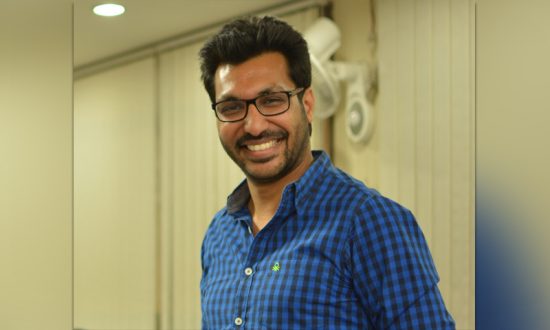A post-graduate in business degree from the University of Northampton, Sunny Jindal is a co-founder at Iffort– a decade-old boutique digital-tech agency with service disciplines in the areas of digital marketing, performance marketing and custom tech transformation.
“From being a disruptor in the marketing discipline to potentially being disrupted itself, is an apt way to assess the evolution of social media marketing over the last decade”. Before we decode the meaning of this statement, let’s try to understand how organic social media marketing has evolved over the years from the standpoint of consumers, brands and agencies.
During the initial days, there was a steep learning curve in terms of usage of various platforms and the role of marketers/agency partners was to help businesses & companies in crafting and executing the strategy. The scope of conversations covered pretty much everything from management of social media handles, developing a content strategy, executing user engagement campaigns and more. With time, there has been explosive growth in businesses joining these platforms to market their offerings. With that, they started competing amongst themselves to bid for the feed real-estate. In a nutshell, there was tremendous pressure to justify spending on organic marketing as the clear value wasn’t visible. Hence, spending on online advertising became prominent which shifted the focus towards in-organic methods.
The biggest disruption in this category has happened with the rapid rise of content creators/influencers as they have massive user engagement and specific niches which makes it easy for the brands to communicate with their core target audience. This has become a key content bucket for most brands as relevant content creator partnerships are immensely successful in getting your message across. Content creators use innovative methods to connect with their audiences and introduce the brand in a subtle way. In other-words, the brand doesn’t over-power the communication therefore the messaging doesn’t look force-fit.
With social media being dominated by advertising for in-organic acquisition and creators for organic engagement, what is the perfect positioning for a social media agency? The classical role of social media agency as a partner has been to help brands with strategy, content creation & distribution but can the envelope cover more in these evolving times?
Here is how agencies & clients need to structure their working relationship for a long term horizon:
- Your KPI for Organic Activities: Many relationships start with no clear definition of success metrics and growth parameters which leads to ambiguity. The purpose of organic marketing in social media is to go beyond fancy posts and unrealistic fan/follower targets. Quite often, leadership teams are obsessed with vanity metrics such as the total number of followers. They benchmark themselves competition and can’t fathom that competition is 10x or even 20x when it comes to the follower count. During these comparisons, it’s fair to assess the underlying parameters and driving force in competing brands. Sometimes your benchmark is a global brand, or the growth is driven by a celebrity association or the brand has a legacy to it. If the lever for growth has more reasons for a pull, then just content on your social media channels won’t suffice. While the data holds significance, the golden goose is growth within your identified target group, for instance, if you’re introducing a new product in a category, let’s say an avocado spread for gym-goers, get down to the specific target age group (let’s say health-conscious millennials) and monitor the growth.
- Aligning your vision with the client’s business model and market: The problem with many agencies is that they work in silos and don’t have frequent conversations with their clients on changes to market and business offerings. Constant conversions help in resetting the context of social media objectives. Keep listening, understand what’s working for the client, how is the market feedback, who are their ideal customers and if there are any roadblocks what challenges they are facing. This helps you set a tightly aligned, business-driven social media strategy for clients.
- Balance between Consultation and Execution: On several instances, the role for social media agencies fizzle out over a period of time, with them doing only regular execution (often called hygiene work in client-agency relationship). In the long run, the agency’s role should be to set the bigger direction and the opportunity at large that exists in these mediums. Let’s understand this with an example. There is a brand that wants to enter India to launch its lemonade drinks and target fitness enthusiasts. The job of a social media agency is to identify the right touch-points for the brand to engage with its stakeholders and map the user cohorts. If the brand wants to have a personalized interaction with its core users, begin by setting the framework for the creation of the community, identifying the value proposition as to why the users will join the online community, followed by setting the protocol for user engagement.
- Value Addition to Brand & Content Creator Conversations: How can an agency add value as a bridge when a brand wants to work with content creators? There are different aspects to the role ranging from filtering the right creators to identifying the message that fits the creator community and also ensuring that the creator is getting value out of the association.
- Work on your Core: Like the way we work on our core strengths in a gym, identify your key areas of growth. Once you’ve penned down these areas, ask yourself what takes for your team to get there. For instance, is your niche on the graphical side of social media (you love making creatives for various social media platforms), community building (identifying niche communities & creating groups of interest), creation of videos or tapping the moment marketing trends. Working on core doesn’t happen in a day’s time, it takes time and a lot of effort to tap on the appropriate opportunities. With a strong core, you can achieve more realistic goals.


